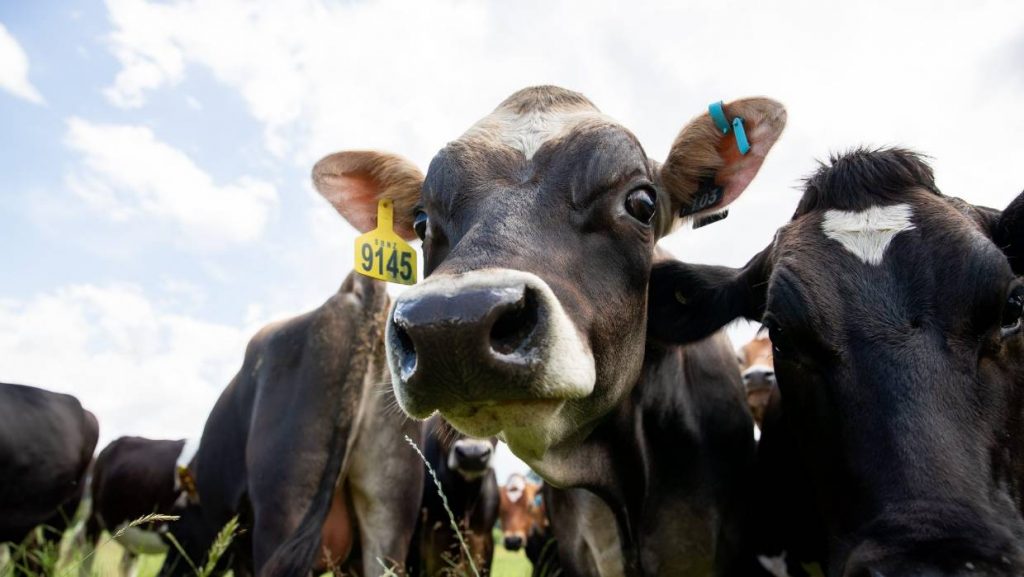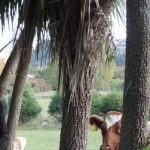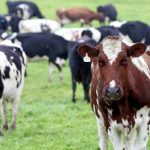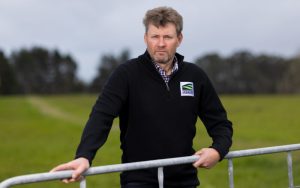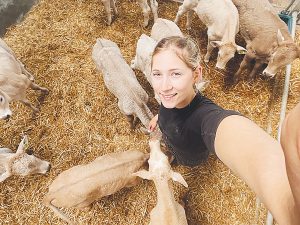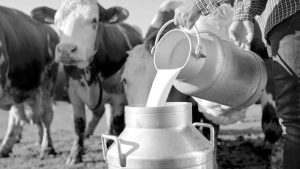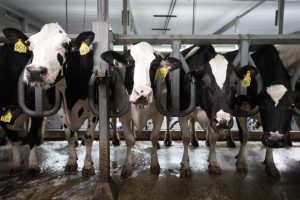
The change reflected an increase in cattle numbers in Canterbury and a significant drop in the amount of land used for livestock in the region since 2003.
“There are more animals on less pastoral or grazing land,” agricultural production statistics manager Stuart Pitts said.
Although the region had traditionally been known for sheep farming, the livestock mix had changed and there were now far fewer sheep and many more dairy cows in Canterbury, he said.
